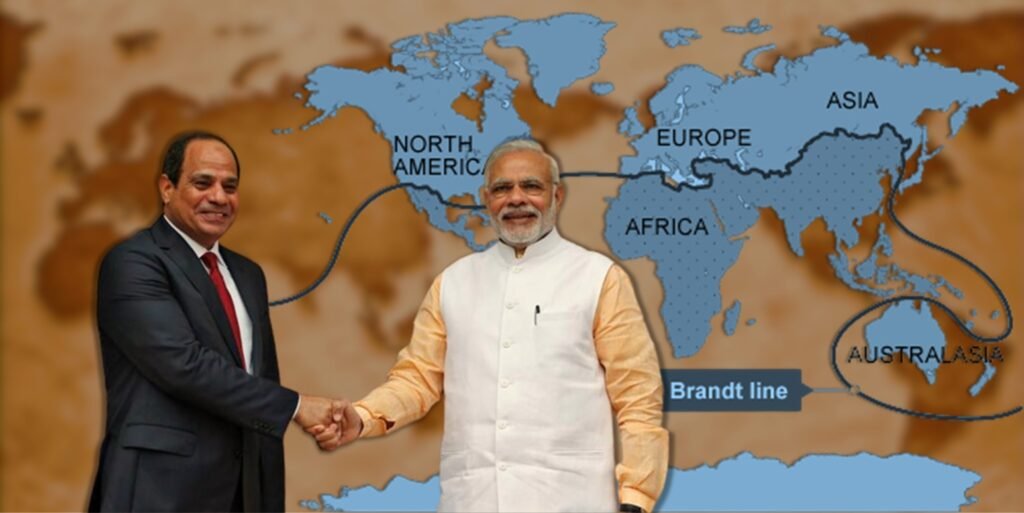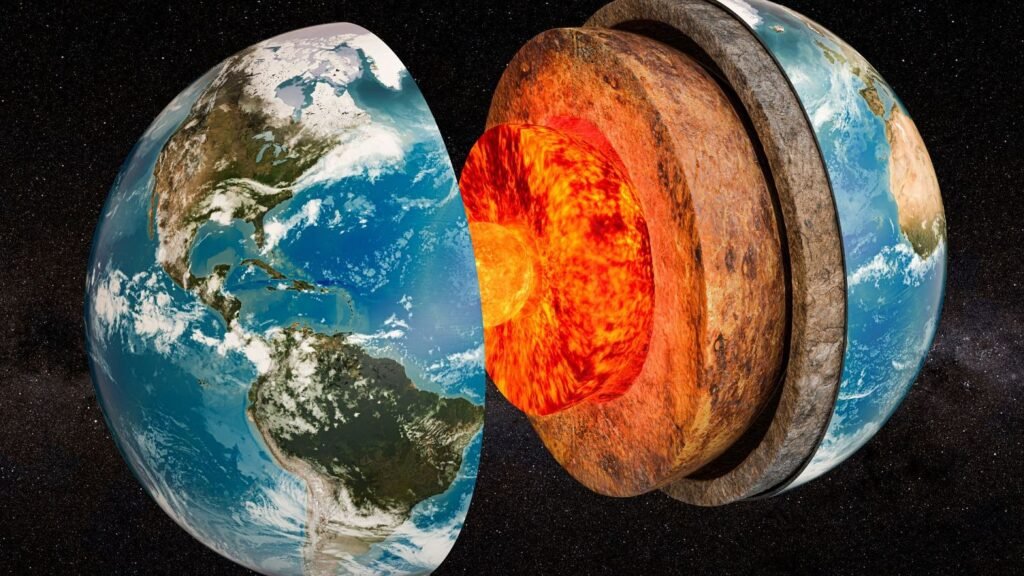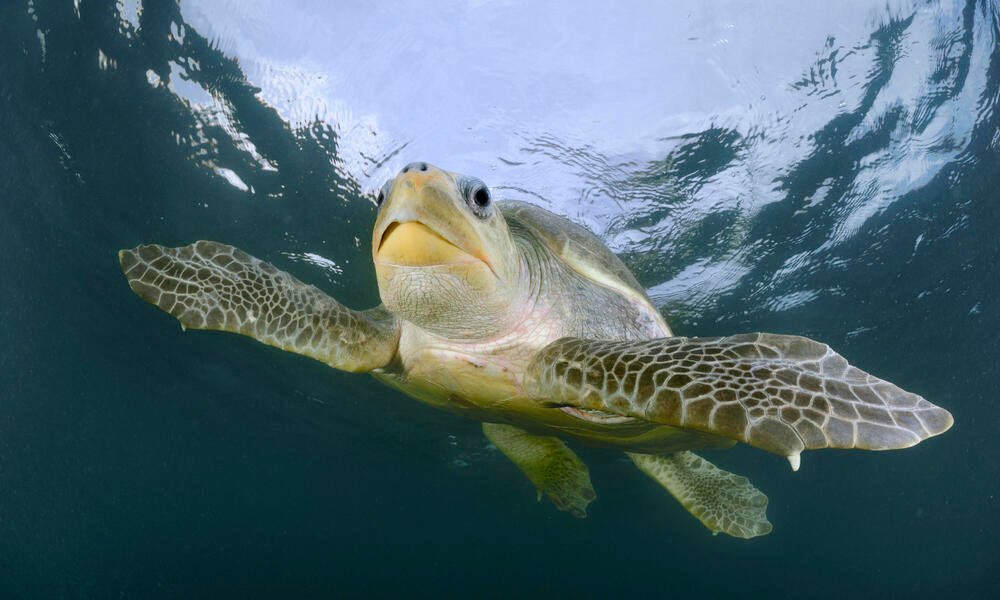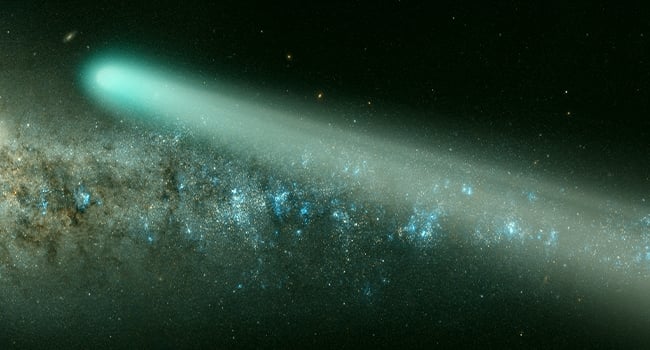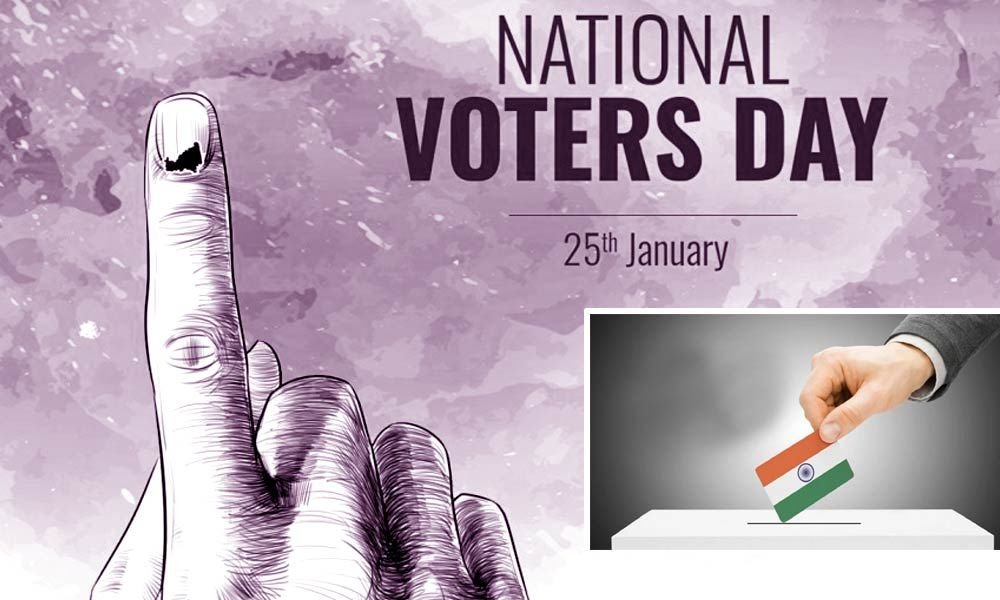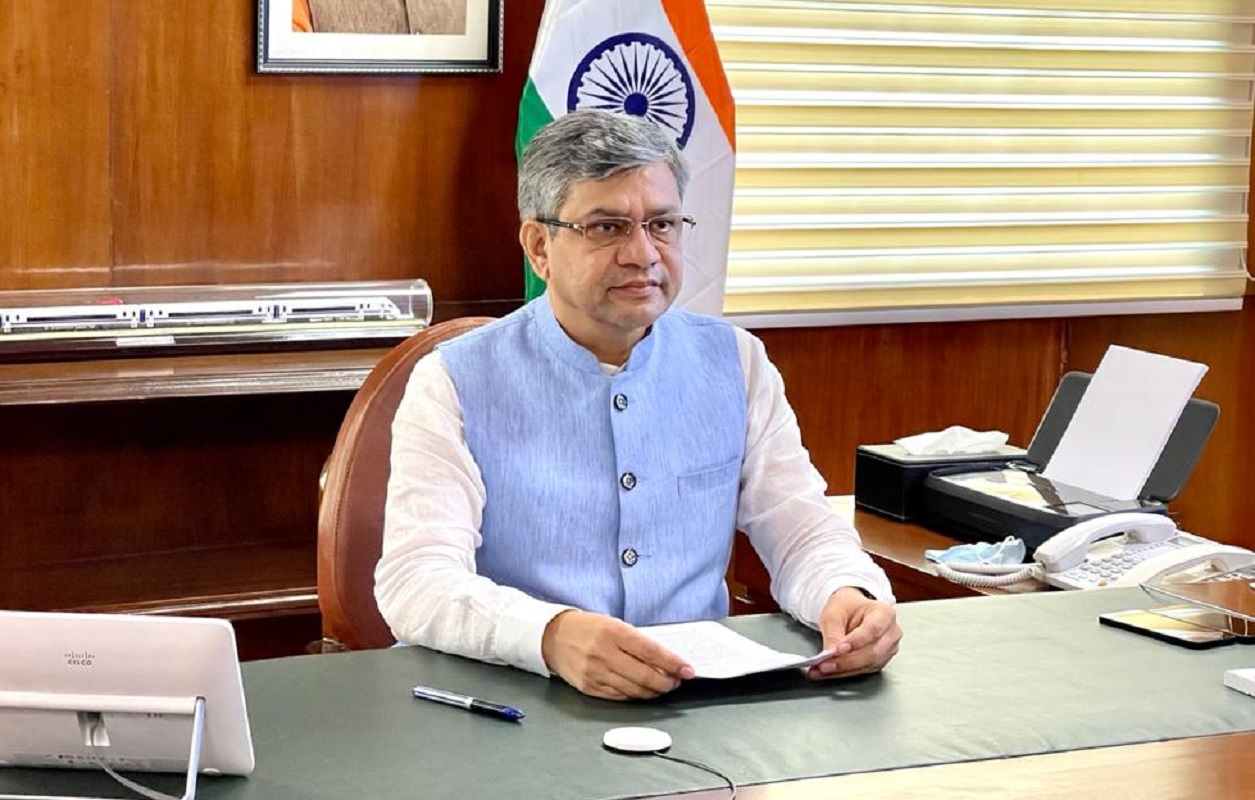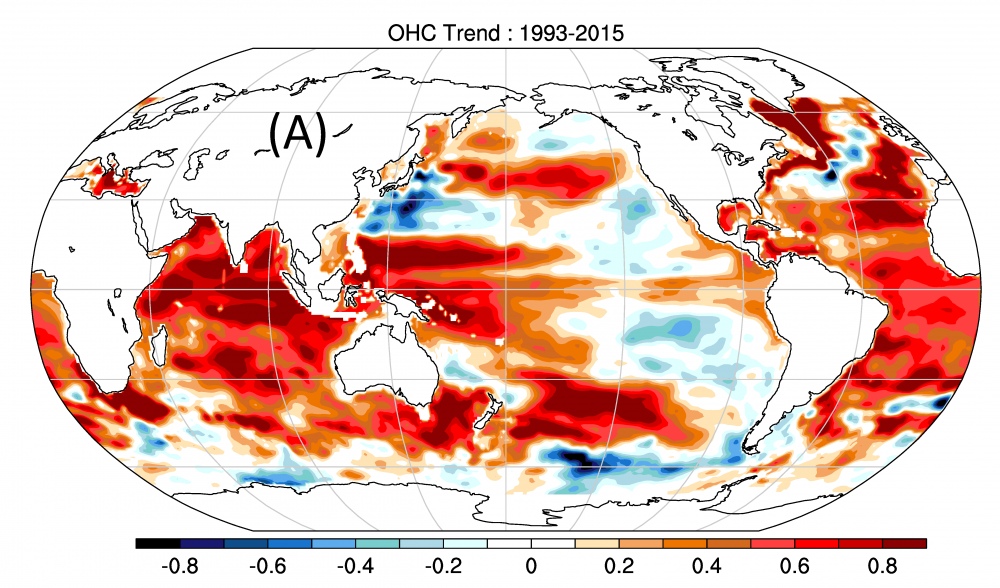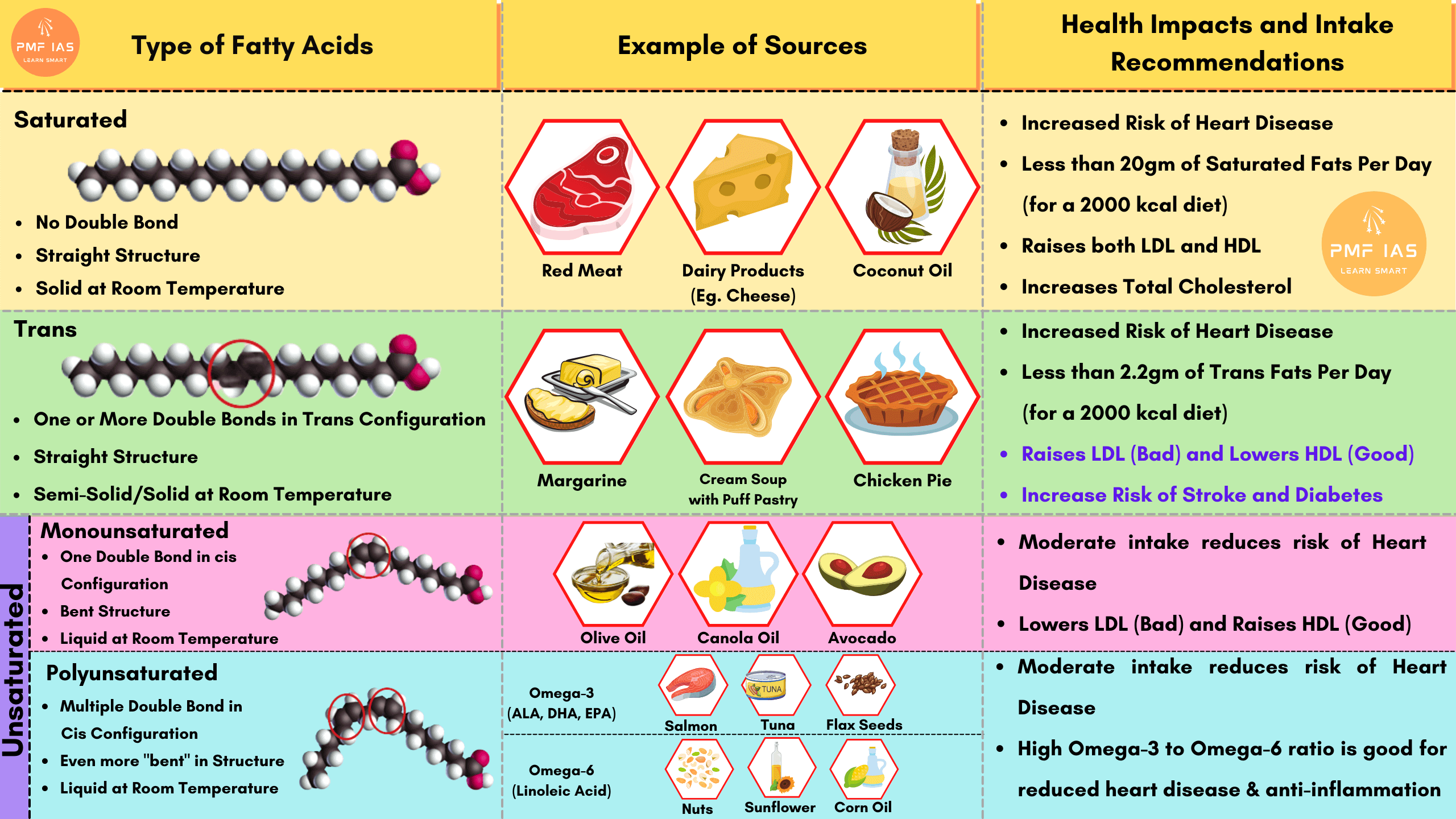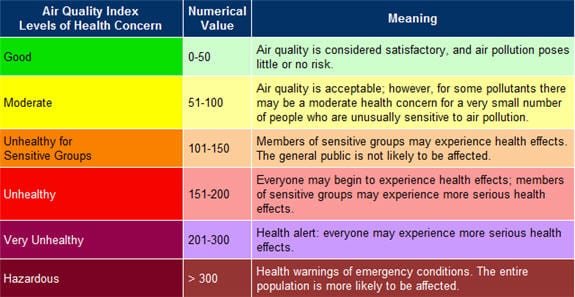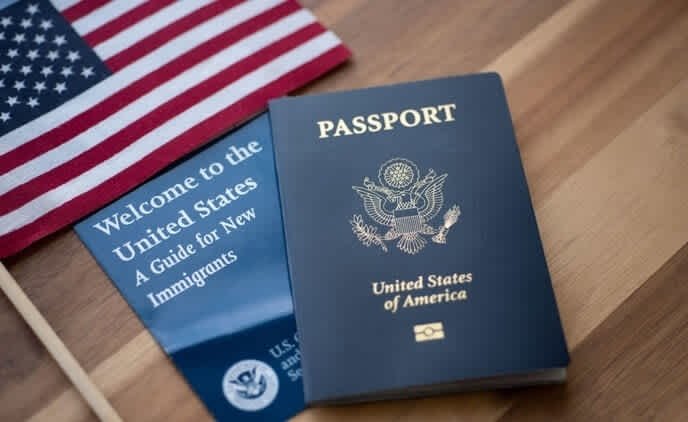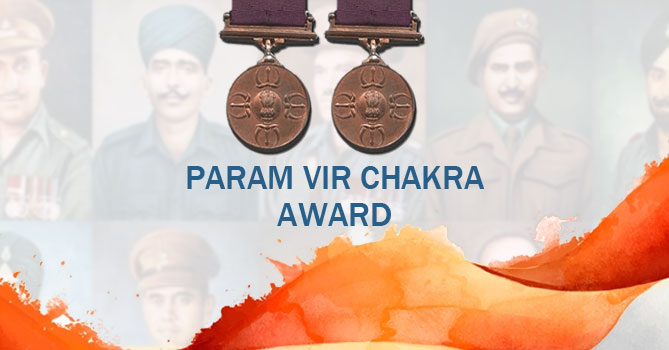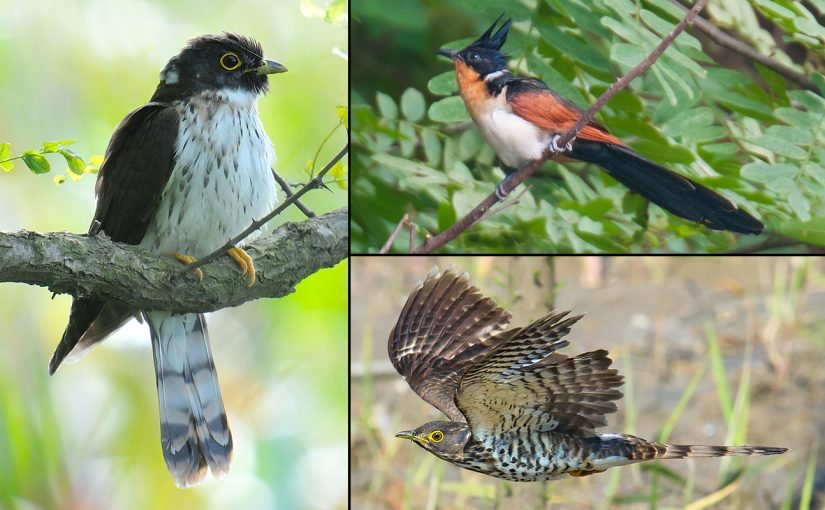Inclusive Schools for Children with Disabilities
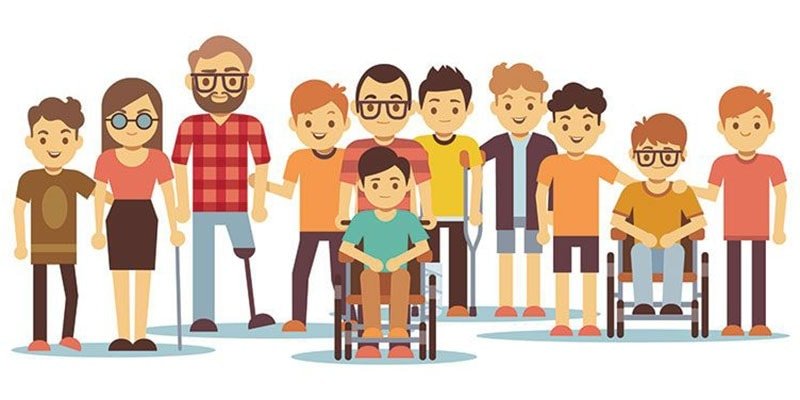
Why in news ?
Developing inclusive and accessible schools will aid in challenging the perceptions about children with disabilities and actualise the zero-rejection policy in schools.
What is the picture of Persons with Disabilities (PwD) in India?
The Convention on the Rights of Persons with Disabilities defines living with a disability as having long-term physical, mental, intellectual or sensory impairments which in interaction with various barriers may hinders one’s participation in society on an equal basis with others.
- PwD – As per Census 2011, Persons with Disabilities (PwD) comprise around 2.21% of the total population in India.
- The proportion of males with disabilities is higher than the woman with disabilities.
- CWD – As per Census 2011, Children with Disabilities (CWD) comprise 1.7% of the total child population in India.
- They are faced with physical, institutional, socioeconomic and communication barriers from an early age.
- A UNESCO 2019 report mentioned that more than 70% of five-year-olds with disabilities in India have never attended any educational institution.
What are the barriers to accessibility?
Barriers to accessibility
- Inaccessible school buses
- Inaccessible facilities in schools (drinking water facilities, canteens and toilets)
- Inappropriate infrastructure in classrooms (uncomfortable seating, slippery flooring and low illumination)
- Misinformed attitudes and perceptions among parents, teachers, staff, and communities
- Lack of inclusive technologies and learning practices
- Inadequate funding for the construction of inclusive infrastructure
Need to remove the barriers
- Developing inclusive and accessible schools will be a big step towards
- Challenging perceptions and the associated discrimination about CWD
- Actualising the zero-rejection policy in schools
What efforts were taken by the government to promote inclusiveness?
- Article 21A of the Constitution outlines the fundamental right to education.
- The Right of Children to Free and Compulsory Education Act, 2009 outlines the right to have free and compulsory education for children aged 6-14 years.
- The Sarva Shiksha Abhiyan, which adopted a ‘zero rejection policy’, emphasises that every child with special needs is provided meaningful and quality education.
- India has also ratified the UN Convention on the Rights of Persons with Disabilities.
- The government launched the Accessible India Campaign (Sugamya Bharat Abhiyan) in 2015 that aims at achieving universal accessibility for all citizens and creating an enabling and barrier-free environment.
- The government has also been supportive of the principle of Leave No One Behind (LNOB), which is the central promise of the 2030 Agenda for Sustainable Development.
What lies ahead?
- Creating an enabling environment – A multi-pronged participatory approach is needed to provide an enabling environment for the empowerment of children with disabilities. This includes
- Awareness and sensitisation programmes for children, parents, and caregivers
- Training trainers for upskilling of school faculty and special educators
- Providing access to updated teaching toolkits and materials
- Technical training for local government departments
- Co-learning platform for knowledge-sharing
- Providing infrastructure services – The following principles must be embedded for providing infrastructure services in schools. It includes
- Equitability
- Usability and durability
- Affordability
- Cultural adaptability
- Aesthetic appeal
